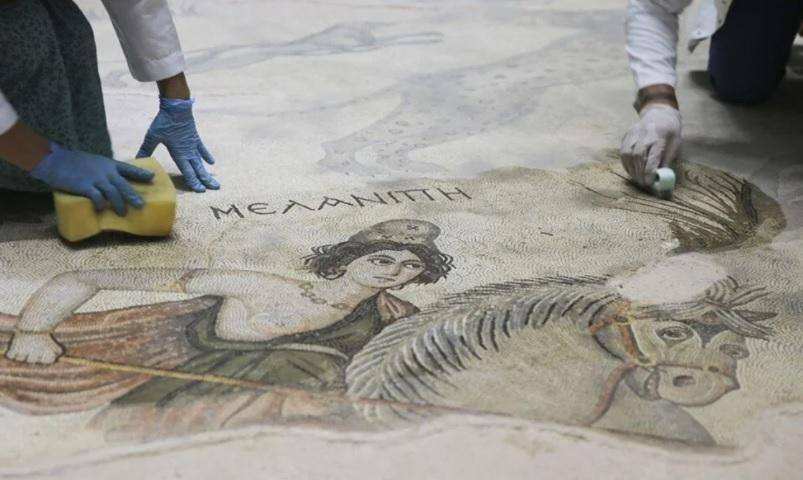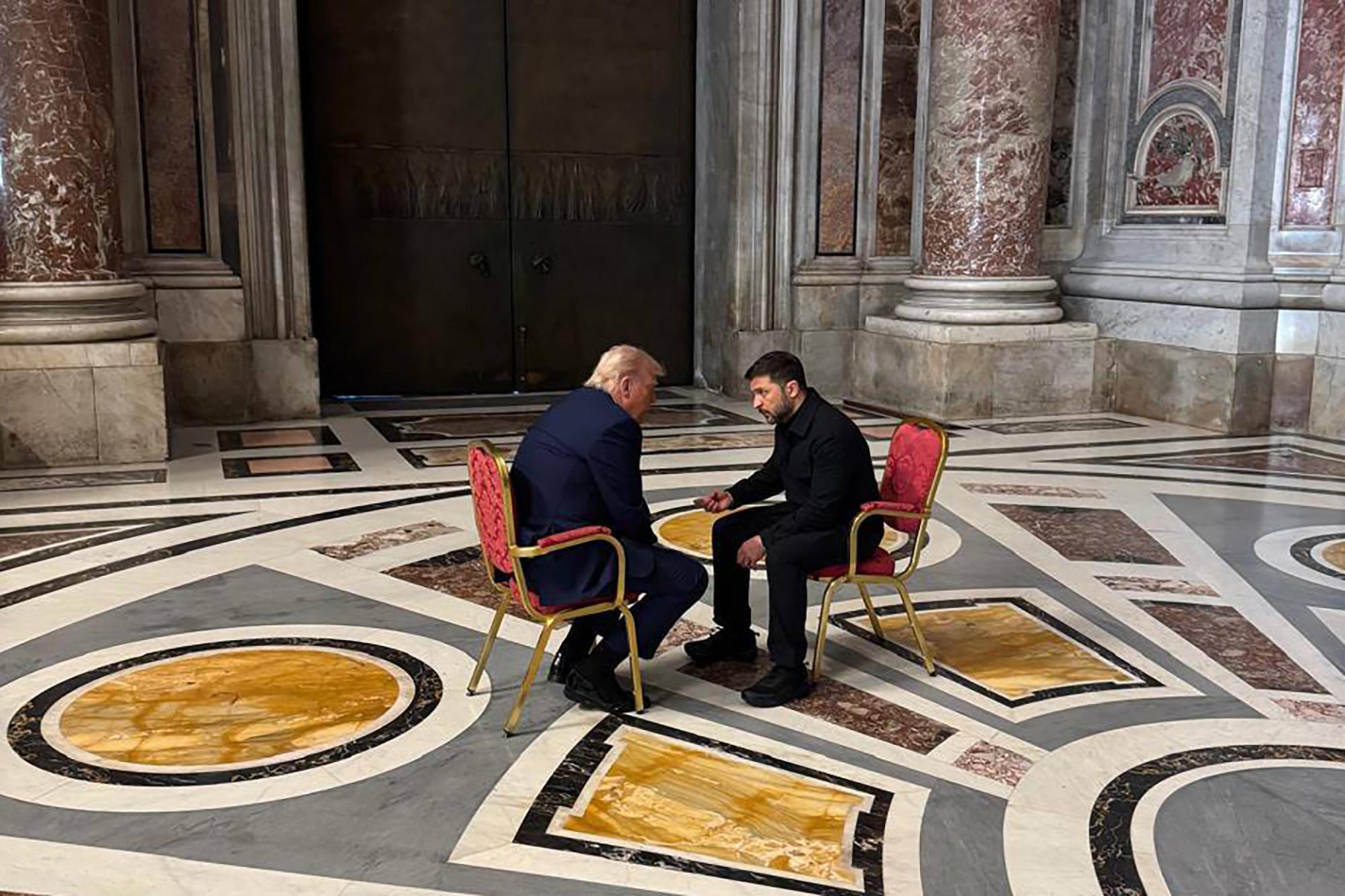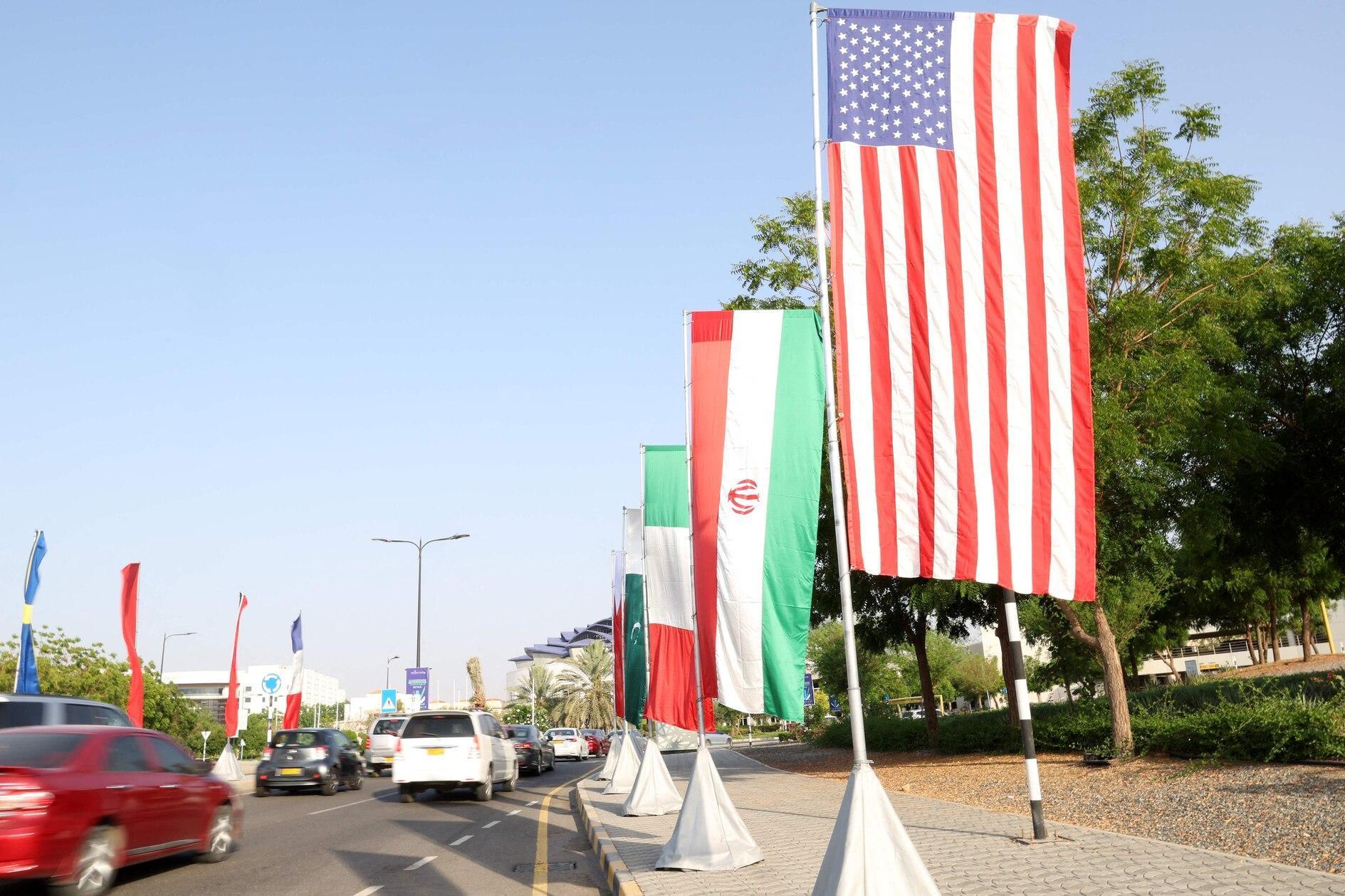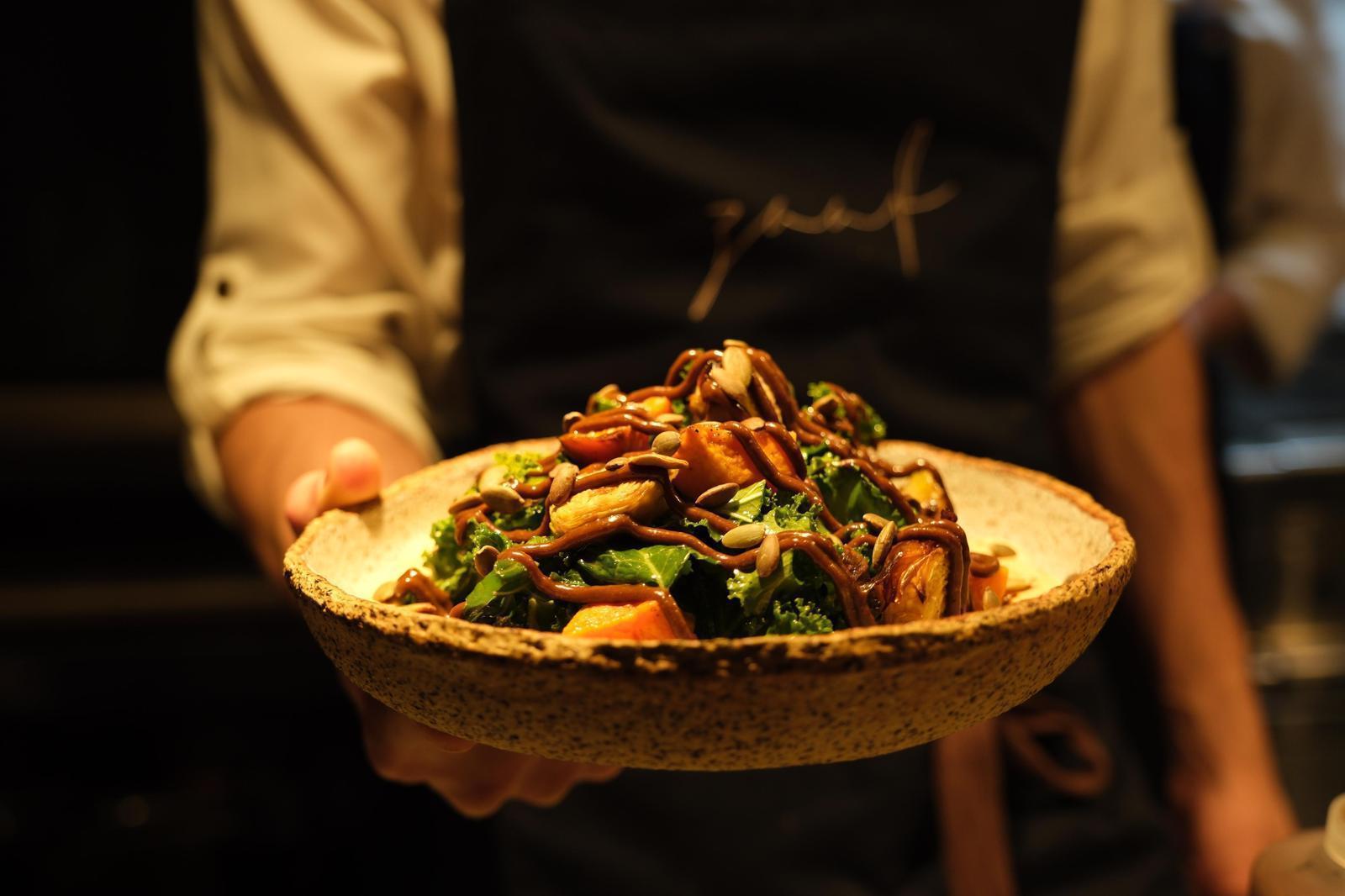Rare artifacts under protection at Şanlıurfa Museum
ŞANLIURFA

Unique historical artifacts and mosaics, including those unearthed from the UNESCO heritage ancient site of Göbeklitepe, are carefully being cleaned by expert teams at the Şanlıurfa Archaeology Museum.
Opened in 2015, the museum offers visitors the opportunity to see the adventure of human being from the first ages to the present time with historical artifacts, animations and imitations.
The finds unearthed during the excavations in many parts of the city, including the zero point of history, Göbeklitepe, and the unique mosaics depicting amazon women are being examined by restorers.
The artifacts, which are restored in the laboratories within the museum, have been taken under protection for future generations.
Speaking to the state-run Anadolu Agency, Şanlıurfa Archaeology Museum Director Celal Uludağ said that the artifacts in the museum were checked periodically by experts in the laboratory.
Stating that there are three laboratories within the museum and that the artifacts unearthed were first photographed and documented there, Uludağ said: “Şanlıurfa Archaeology Museum laboratories are adequately equipped both in terms of equipment and personnel. The artifacts are subjected to restoration in these laboratories according to their type and quality. In addition, there are on-site interventions outside of our laboratory. Particularly, interventions in archaeological excavation sites are very important. Mosaics, which are immovable cultural assets, are undergoing restoration, conservation and cleaning processes, especially in their original place.”
Uludağ stated that the restorers working in the museum, who are experts in their field, work with appropriate techniques without damaging the works, noting that they carry out the restoration-conservation process for all kinds of material groups, such as stone, terracotta, bronze, iron, silver, gold, bone and glass.
Explaining that the first mosaic example of the warrior “amazon women” in the world is located in the Haleplibahçe Mosaic Museum, which has an area of 5,000 square meters in the museum complex, Uludağ said:
“There is a palace structure dating to the Roman period, and various mosaics are depicted in it. The mythologies and descriptions on these mosaics are very important. The most important among these are the mosaics depicting the amazon women. The mosaic museum is constantly checked by our restorer, and any deterioration, contamination, or dust is cleaned. In particular, we have to work very meticulously on mosaics. Our experts remove the dust layer on the mosaic with water, sponges and soft-tipped brushes. It is very important that the water does not penetrate under the mosaics. These checks are routinely performed by our restorers.”
‘Restoring artifacts requires patience’
Ayşenur Çömlekçi, the restorer of the museum, stated that they photographed and recorded the works in the museum first and that they carried out the necessary applications. She explained that they carried out the processes by using materials according to the type of the work.
“Depending on the type of work, it can be terracotta, stone, bronze, silver, whatever intervention is required, we use materials and tools. We need to be very patient in this work because we may encounter something that is difficult to reverse due to an intervention we made, so we act very slowly and sensitively,” she added.
Another restorer Tanju Yıldırım also explained the stages of his restorative intervention over an earthen pot with a decaying surface. “We first soften the limestone and hardened soil layer on the surface with a mixture of alcohol and water. Then, we clean these parts from the surface. We generally do local cleaning on the pots. Our goal is minimum intervention, maximum protection. Therefore, we only carry out work on the artifacts locally in the areas that are prone to deterioration.”
Yıldırım stated that they had to carry out their work in stages and in a controlled manner. “Since the works in our hands can be fragile, we approach the work in a very gentle way and make the interventions. There may be irreversible errors in the smallest detail that may be overlooked,” he added.
















